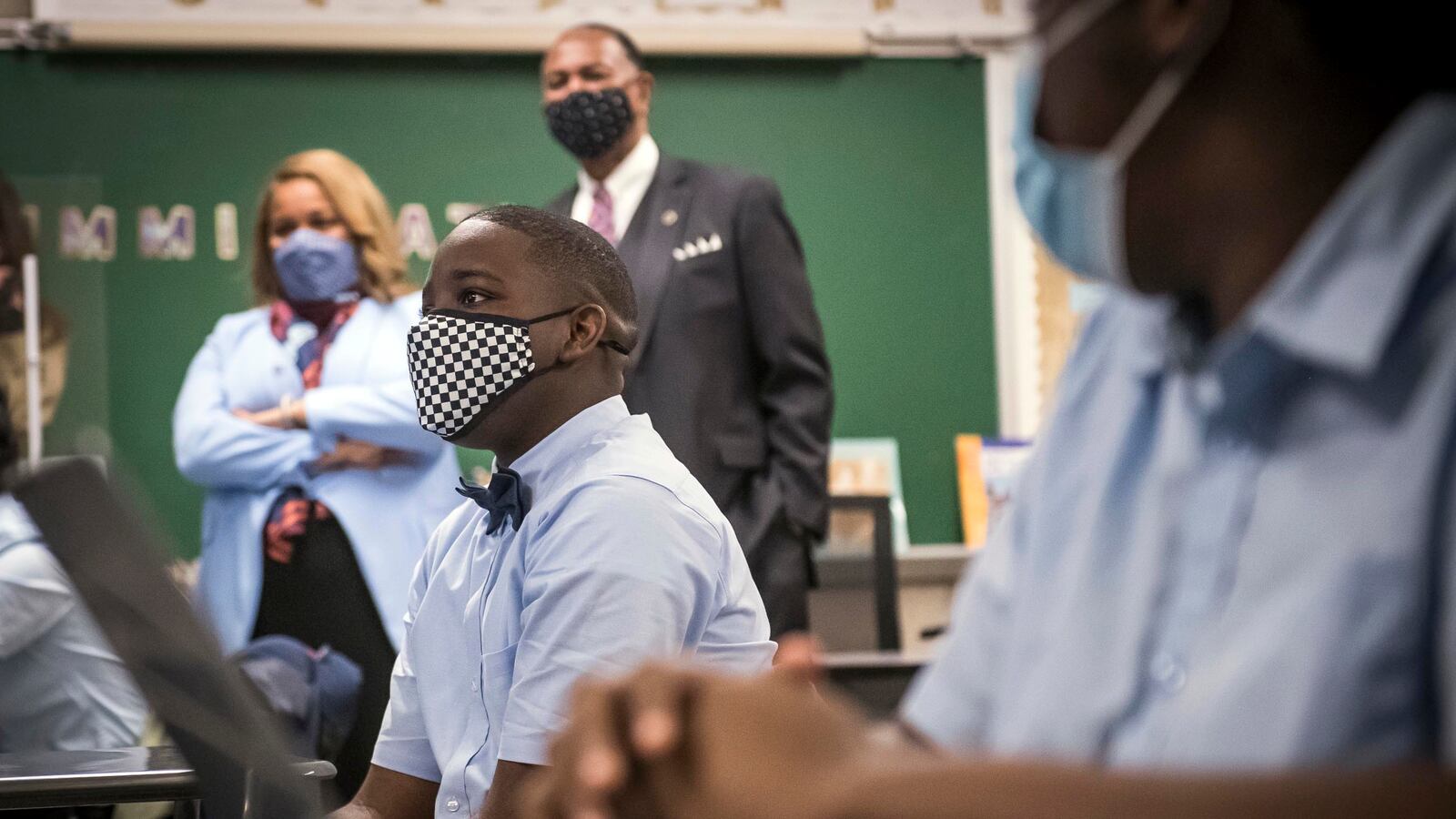Despite Mayor Bill de Blasio’s goal of having students return to classrooms full time, while also offering an all-remote option, next school year feels like a big question mark.
The challenges ahead are immense and will fall largely on the shoulders of New York City’s next mayor. Though the new chief executive won’t take office until January 2022 — around the midpoint of the school year — she or he will still need to help the nation’s largest school system claw its way out of a prolonged period of disrupted learning.
Some problems are already clear. Enrollment has dropped sharply. Parents and educators fear students have lost important ground academically, with one in five high school students not completing work last spring. Many children will likely have pressing mental health needs. Those living in shelters may be behind because they haven’t had reliable Wi-Fi access. A quarter of students with disabilities are going without their mandated services. Many English language learners have also gone without support.
There are no easy fixes, but mayoral hopefuls have some suggestions.
Chalkbeat asked the leading Democratic and Republican candidates — who will square off in primaries on June 22 — for three ideas they have for next year. (Those featured here have raised at least $100,000, according to recent public filings.) Bolstering mental health supports and closing the digital divide were among major themes. Their ideas also included placing two teachers in every elementary school classroom, learning at museums, and developing a citywide tutoring corps.
The following responses have been lightly edited for clarity and length.
Jump to Democratic candidates: Eric Adams, Art Chang, Shaun Donovan, Kathryn Garcia, Ray McGuire, Dianne Morales, Scott Stringer, Maya Wiley, Andrew Yang
Jump to Republican candidates: Fernando Mateo, Sara Tirschwell
Democratic candidates
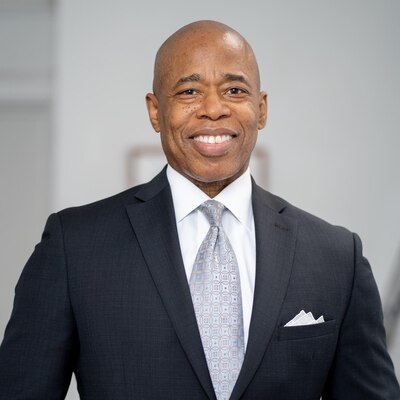
Eric Adams, Brooklyn Borough President
I was among the first students in the city to be bused to school — from South Jamaica to Bayside, Queens — to close education quality gaps created by segregation. Forty years later, those gaps are still wide. Sadly, educational experiences are wildly unequal from school to school. These racial and geographic deficits have been made worse by the pandemic.
We must invest in our children and in our schools so that we can evaluate the whole child, identify and address challenges, and design their education accordingly. And that means we must fight for the State to provide our fair share of education dollars and find new streams of revenue we can rely on long term.
Specifically, I will also:
- Expand summer school and learning options by first getting input from parents and educators, and offer free or subsidized child care to any parent who needs it by reducing the cost of rent for providers with tax breaks to building owners and investments in vouchers.
- Fund new technology for students and educators with revenue from a Data Tax on the tech companies that sell our private data to advertisers.
- Create more flexibility for parents in how — and when — their child receives their education so that students aren’t left behind and we can much better utilize our education infrastructure
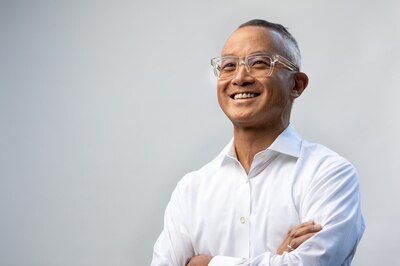
Art Chang, finance executive and Campaign Finance Board member who helped create the NYC Votes engagement platform
Prioritizing mental health
Mental health issues pose difficult challenges to our city agencies, especially [the city’s education department, or DOE] and the NYPD. We must start by de-stigmatizing mental illness through the same lens as a physical illness. Too often, especially for BIPOC students, the response to mental illness is punitive, rather than looking at the whole student holistically with compassion, understanding, and treatment.
Universal child care
My cornerstone policy establishes universal child care. It is great for families, especially women, levels the playing field for children in their most important period of development, and creates hundreds of good-paying jobs with benefits. Child care centers will serve as community centers.
Digital schools
We must have universal broadband and Wi-Fi-equipped devices for every student, then pioneer online learning. With so many students experiencing housing insecurity, homelessness, and other issues, I propose creating an optional, primarily online school in which classmates, faculty, and staff — especially counselors — remain a constant in students’ changing life circumstances. For advanced students, we can enable a fluid transition from high school to college, leveraging online resources and CUNY for college credit towards their degrees.
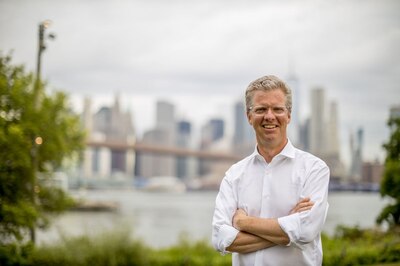
Shaun Donovan, former New York City Housing Commissioner in the Bloomberg Administration, U.S. Housing and Urban Development secretary and budget director in the Obama administration
Close the digital divide
The COVID-19 pandemic exposed and exacerbated the deep equity gaps in students’ access to the basic connectivity and devices that are needed for remote learning. While the city accelerated efforts to provide internet connections and devices to the thousands of families who needed them, this job is still unfinished. One idea from my plan, Repair, Rebuild, and Reimagine New York City public schools for ALL our Kids, is to reposition connectivity as a basic right to ensure education and workforce opportunities, and work with providers to accelerate the timetable for universal access, prioritizing public housing, shelters, and buildings with affordable housing units or those accepting housing vouchers.
Create culturally responsive literacy instruction
The disrupted and lost learning time caused by COVID-19 is likely to leave more of our most vulnerable students further behind. However, even before the pandemic, the system was not bringing every student up to grade level, with massive disparities by race, socioeconomic status, disability, and multilingual status. To correct this, we must focus on supporting research-based, culturally responsive literacy instruction and acknowledge that the literacy gap is likely widening due to the pandemic and commit to providing targeted acceleration support for students whose literacy skills have fallen further behind.
Remove police and metal detectors from schools
As mayor, I will work to immediately remove police from schools, as well as all vestiges of prison culture, such as metal detectors, on-campus arrests, and incident reporting.
My administration will also aim to increase the number of educators and school leaders who identify as people of color to at least 65% of all teachers and 70% of all school leaders over the next 10 years, and establish a School Diversity and Integration Office within the Department of Education focused on developing, supporting, and implementing a comprehensive integration approach, with public goals and accountability.
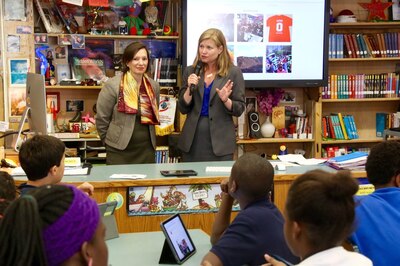
Kathryn Garcia, managed operations for New York City Department of Environmental Protection during the Bloomberg administration, former New York City Sanitation Commissioner, and pandemic food czar during the de Blasio administration
Move funding out of DOE administrative functions and into the classrooms
We need to focus on helping students catch up from 18 months of stop-and-go learning and heal from the mental and emotional demands of the pandemic. That means more guidance counselors, social workers, arts and music classes, summer school, and smaller class sizes. We can pilot creative models to increase student-teacher ratios. At the Department of Environmental Protection, I cut the annual budget by 10% without a single layoff—just through implementing efficiency measures. I’m prepared to do the same at DOE so that we can direct funding where it’s needed most: into the classroom.
Rebuild trust with every family, teacher, staff member and principal with radical transparency and support for mental health needs and our most vulnerable students
More than 4,000 students have lost a parent to COVID-19. Mental health will be one of the most important areas of focus to ensure students with interrupted education can get back on track to succeed. We will provide mental health support for all educators and training to address students’ needs. I will also immediately expand support, including practical needs like washers and dryers, for the 140 NYC schools with more than 20% homeless students. Parents, teachers, staff, and students will not be surprised or blindsided by my policies because they will be involved in shaping the future of our schools.
Leverage our enormous investment in technology to help prepare students for the 21st century economy, including immediately starting bilingual programs and language classes at the elementary school level in every single school
We have invested millions of dollars in tablets and hotspots. Along with my plan to implement universal broadband, we can use these tools to expand opportunities for language programs, enrichment, accelerated curriculum, early college opportunities, and mental health services. If kids can learn the latest hot dance moves on TikTok, we can teach them science, history, the arts and more, too.
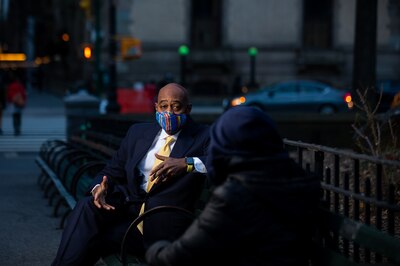
Ray McGuire, former vice chair at Citigroup
Ray will fight to get every dollar possible for our city and believes that this funding should be used not simply to offset existing budget gaps but to provide expanded educational services that will help all students get back on track.
Ray also believes it’s a matter of urgency to provide all NYC children with internet access and will aggressively push for universal broadband to bridge the digital divide. This is a part of his general infrastructure plan but also urgent for NYC children.
As part of his “education catch up” plan, he would invest in social and emotional supports as well as mental health resources for students and families. Here’s what else he would do:
1. Open public schools for full in-person summer sessions and offer extended school hours and weekend instruction during the 2021-2022 school year.
2. Expand the number of students who can safely receive in-person instruction and work with families to restore trust; create a volunteer corps for teachers; and increase emphasis on other enrichment activities like sports, civics and sports education.
3. Conduct student assessments and target additional support based on individual student needs.
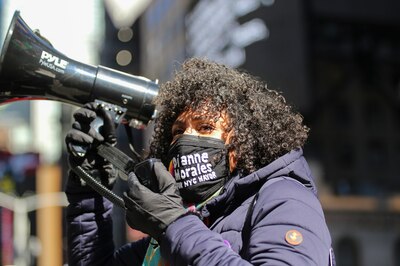
Dianne Morales, executive director and CEO of nonprofit Phipps Neighborhoods
I am a former NYC public school student and teacher and mother to two public school students — I know and deeply understand our schools. The pandemic has exacerbated a broken, inequitable system. Our schools need more funding to both fill existing needs and create new resources to understand students’ learning losses and enable them to catch-up. I will fight for full state funding and more federal aid, while also fully funding the City’s school capital plan to make our school buildings safer.
Focus on highest-need schools
We must prioritize highest-need schools when distributing these resources. We already know that Black and Hispanic students were disproportionately likely to get incomplete grades during the pandemic. We know that Black and Hispanic children are significantly more likely to be housing unstable, without consistent access to technology or Wi-Fi while living in a shelter. We know that English language learners were already more likely to drop out. The schools serving these populations have always needed more resources, and the pandemic has made that clearer than ever. As mayor, I would do everything in my power to see that they get those resources.
Hire more teachers and support staff
From additional instruction to mental health treatment, students will need more support as they return to in-person schooling. I plan to reallocate $3 billion from the NYPD, who are not providing the support students (or anyone else for that matter) really need to stay safe and recover from the pandemic, and reinvest much of that into our schools and public services. We need more teachers and counselors, not cops. The DOE should explore partnering with community organizations to provide students additional support, from space to quietly do schoolwork to after-school programming to social-emotional support.
Help the whole community
Finally, we must acknowledge that schools do not exist in a vacuum. Students struggle when their families struggle and when their communities struggle. We must reject an austerity mindset and invest in public services that keep us safe and healthy. This means breaking down oppressive systems and rebuilding structures that uplift every New Yorker — especially the most vulnerable. As mayor, I will work tirelessly to rebuild a better New York, one where no one is left behind.
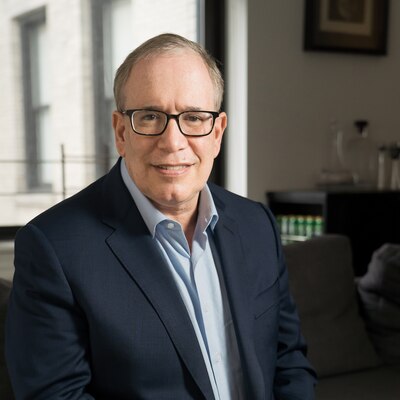
Scott Stringer, New York City Comptroller
Put two teachers in every elementary classroom
We know that many children will need personalized support in the coming years to ensure that they are not permanently hindered in developing fundamental skills of literacy and numeracy as a result of disruptions caused by COVID-19.
One idea from my 27-point plan, “From Pandemic to Progress,” is having two teachers in kindergarten through fifth grade — a certified lead teacher and an assistant teacher at minimum in every classroom — will facilitate the types of learning environments needed to improve outcomes for New York City’s children.
Raise the number of school social workers to align with national standards
At a minimum, every school must be staffed with full-time social workers with caseloads of no more than 1:250 students. To achieve this, New York City would need to triple the number of social workers currently working in schools. When classes resume regular, in-person instruction, it is especially critical that schools avoid traumatic interventions from EMS or NYPD — which are currently disproportionately called upon to respond to children in emotional distress who are Black or Latinx.
Establish free “high-dosage tutoring” through a NYC Tutoring Corps
With the federal funds in the American Rescue Plan Act to address learning loss and additional funding for the AmeriCorps service program, stipends for tutors could largely be covered. Each tutor is paired with a small cohort of students, with whom they meet regularly. Evidence suggests that for best results tutoring is built into the school day, as a regular class period, and aligned with classroom lessons.
To build out a full-fledged NYC Tutoring Corps, the city will need to recruit a team of mostly college students, recent college graduates, and retirees who are willing to commit to a full year of service in New York City public schools.
Recent research suggests that to quickly scale an effective tutoring model to respond to COVID-related learning disparities in all grades, high school students could tutor elementary students for course credit; college students could tutor middle school students using federal work-study funds; and college graduates could tutor high school students using federal AmeriCorps funding.
Schools will need an additional staff member to coordinate the work of tutors and to ensure they are provided regular observation and feedback, and to navigate conflicts that may arise.
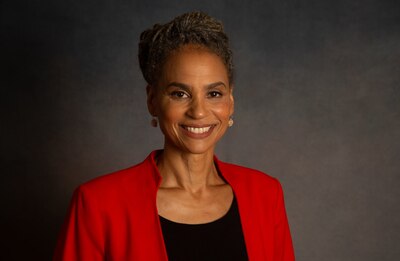
Maya Wiley, former counsel to Mayor Bill de Blasio and chair of Civilian Complaint Review Board
Create joyful schools that center teaching, learning, creating, and cultural relevance
We will eliminate the use of high-stakes testing, which has demoralized teachers and children, and use testing solely for diagnosis and remediation. We must bring back and expand the less measurable but crucial subjects that high-stakes testing have diminished. We will revitalize arts and sciences by bringing in teaching artists and practitioners and expanding partnerships with the many rich organizations across the city.
Our schools must become places where the brilliance and multiple intelligences of every student are recognized and nurtured in a culturally relevant, integrated, supportive and individualized environment. The curriculum must no longer be a vehicle for promoting a Eurocentric vision of the world; children must see themselves reflected across their studies. We also recognize that the existence of entirely separate gifted and talented programs is fundamentally flawed, and we will create entirely new models of empowering all students to pursue their unique passions and strengths. We will also adopt cutting edge, inclusive and targeted programming for serving students with disabilities and multilingual learners.
Create schools without walls
Break down barriers: those that segregate children from others with different backgrounds, abilities or economic circumstances; those that label students academically from an early age; those that keep them inside all day when they could be learning outside; those that separate schools from the vibrant resources and real-life learning opportunities that abound in NYC.
Schools without walls will embrace NYC as a living classroom, leveraging NYC’s museums, cultural institutions, and physical and social infrastructure, to engage students in authentic, place-based learning. Schools will include real-world exploration by linking civics education and other academic studies to students’ activism, internships and [career and technical education] training.
Heal from the pandemic with creativity and compassion
We will use trauma-informed care and pay meticulous attention to those most impacted by the pandemic, especially students with disabilities, multilingual learners, students in temporary housing, and those who have lost loved ones or experienced financial hardship. We will implement long overdue changes to provide wraparound services with a focus on mental health, targeted interventions, decreasing class size, serving the most marginalized, and providing universal access to technology.
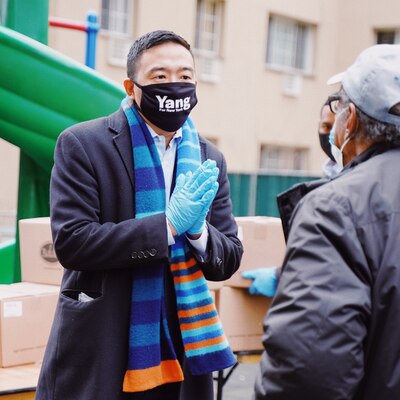
Andrew Yang, tech entrepreneur, ran for Democratic nomination for 2020 presidential race
Reopen schools fully ASAP this spring
Like many public school parents, I have been frustrated by the slow pace of reopenings for our kids’ schools. Like President Joe Biden and the Centers for Disease Control and Prevention, I want every kid in our city safely back in school. We know that remote schooling is 30-70% less effective for kids — and disproportionately hurts students without means to access Wi-Fi or the devices they need to complete their schooling. While the surest path to closing the COVID education gap is through in-person learning, we must also prioritize citywide Wi-Fi, starting in NYCHA, and sourcing enough devices for students across the city, so that if we ever need to go fully or partially remote again, we can do it more equitably.
Expand the number of social workers, mental health providers, and school-based mental health centers in New York City schools
Young people will return to New York City schools forever impacted by the pandemic, and many have gone without the mental health and wraparound services uniquely provided by schools. We must dramatically expand the number of social workers and mental health providers in our schools, and expand school-based health centers so that young people receive the mental health care they need.
Mobilize 10,000 tutors
I would leverage relationships in Congress to make sure that a portion of the $1 billion increase in the federal AmeriCorps program authorized in the American Rescue Plan goes to closing the COVID achievement gap here in New York. The city will coordinate the program, called the “Big Apple Corps,” which will provide valuable tutoring to 100,000 of the most vulnerable children in our city, bring jobs to recent high school and college graduates, and prepare participating fellows for a lifetime in public service.
Republican candidates
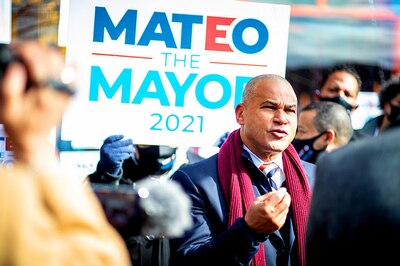
Fernando Mateo, taxi and bodega advocate
School choice
Long-term strategy: Establish the Public School Choice Program. This program would increase educational opportunities for students and their families by providing school options outside of their district of residence and giving parents the power to select a school that best serves their child’s individual needs. “Choice Districts” would receive resources to ensure better teacher-student ratios and establish specialized and innovative programs and courses that focus on areas such as the arts, technology, science and basic financial education for young entrepreneurs.
Short-term strategy: Immediately address the impact the pandemic has had on special needs students, including students with Individualized Education. Programs, or IEPs, and English Language Learners. Students with such needs will be allowed to immediately obtain the counseling, instruction, therapy, and other resources in other districts if not available in their own district.
Time in school
Long-term strategy: Extend the school day by 30 minutes to an hour. While it should include more breaks for students, this will allow more time for teachers to address the needs of students who are struggling with processing concepts. This will also provide above-level students opportunities to extend their learning and not lose any of the growth they experienced before the pandemic. This would need to be worked into the next teacher’s union contract.
Short-term strategy: Extend the school year. Emergency days are usually built into the academic calendar to account for school closures due to extreme weather conditions. Given that schools now know how to transition into virtual learning when/if such weather conditions occur, the extra days will allow space in the curriculum to extend lessons that students struggle with.
Guided planning
Long-term strategy: Paid planning, at teacher’s rate, for a minimum of two hours per week outside of school hours. This would involve professional trainings on trauma, online resources, strategies to close the achievement gap, etc. in relation to the issues students faced during the pandemic.
Short-term strategy: Close school one day a month for planning time. Professional trainings for two hours followed by department planning, community outreach, event coordination, and in-depth “kid talks.”
Kid talks can occur throughout the week and involve focusing on students who are experiencing difficulty in class, either due to academic or personal hardships. The extra time would allow teachers and counselors to piece together a strategy for students who continually make the list and further steps to take.
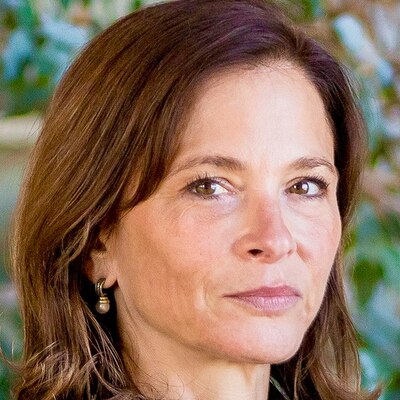
Sara Tirschwell, Wall Street loan trader and hedge fund partner
On-demand academic testing so parents can see their children’s progress, expand gifted programs, and charters
Our students carry the desire for self-improvement in their DNA. We want a meritocratic culture to bloom. We will expand Gifted and Talented programs to every school and protect our specialized and screened schools from diluted academic standards and entrance requirements. In neighborhoods that are “educational deserts” we need to plant charter schools that can grow hope. If parents see the roadmap to academic success, they will buy in.
‘Mini-schools’ within schools for English Language Learners and students with disabilities
Catching up necessitates “human-sized” institutions that parents implicitly trust. I call for rapid development of “mini-schools” in every K-8 building. In these more personalized settings we increase latitude and accountability for teachers and principals, trusting them to operate “outside-the-box.” I envision principals away from their desks and in classrooms, reinvigorating the work life of teachers and plugging “learning leaks.” Rich in language and human contact, mini-schools are ideal environments for our ESL, special education, and traumatized students.
Abolish the education department’s central office
We need structural changes at the top that unlock grassroots learning. I will remove layers of administration at the DOE. I will shut down Tweed, converting it into a center to redesign special education. We must transform a mentality of compliance to one of taking action; IEPs must move from check-the-box to bold progress plans.
How do we solve the mental health epidemic? By getting children back into the social atmosphere of the classroom and playing sports ASAP. We made enormous mistakes this past year. Our children crave connectivity. Therefore, on Nov. 3, I will lead by co-teaching with one teacher in a struggling school for one hour a week for one full year. I will work with that teacher to craft solutions for every single child in that classroom so they emerge healthy, happy, and on the road to unlimited learning.


